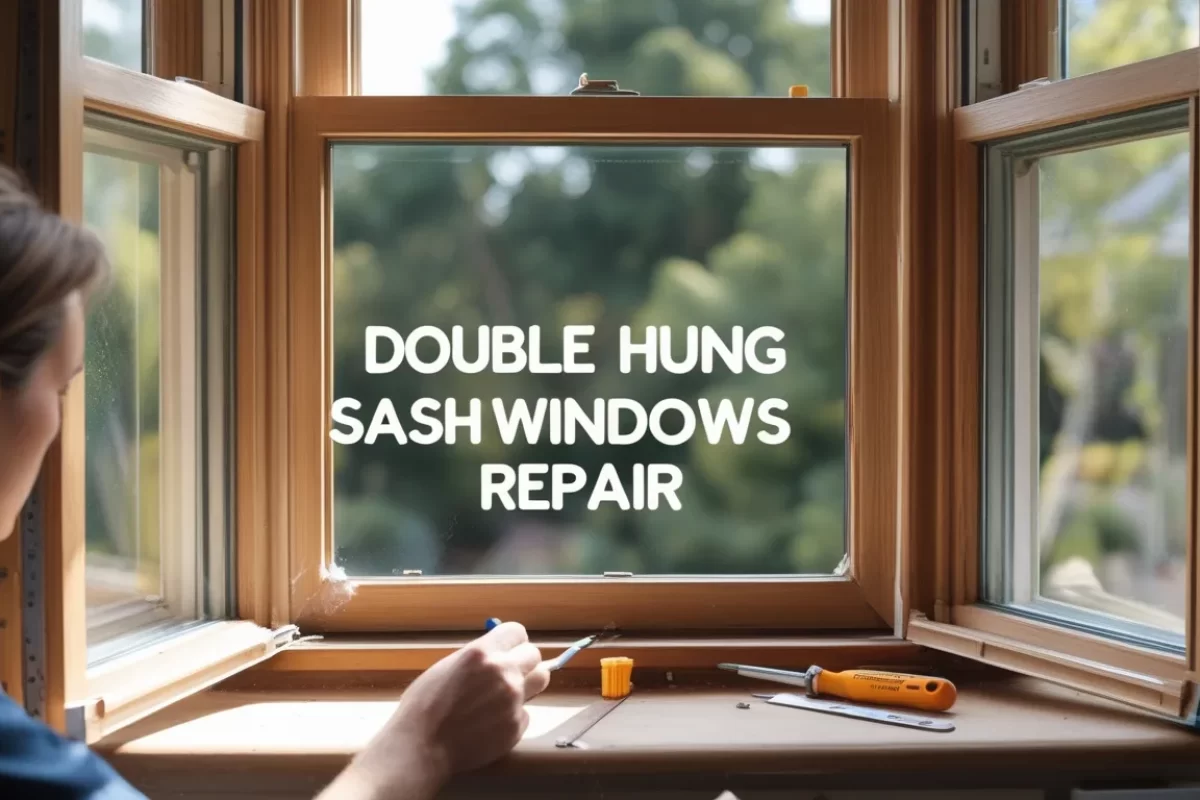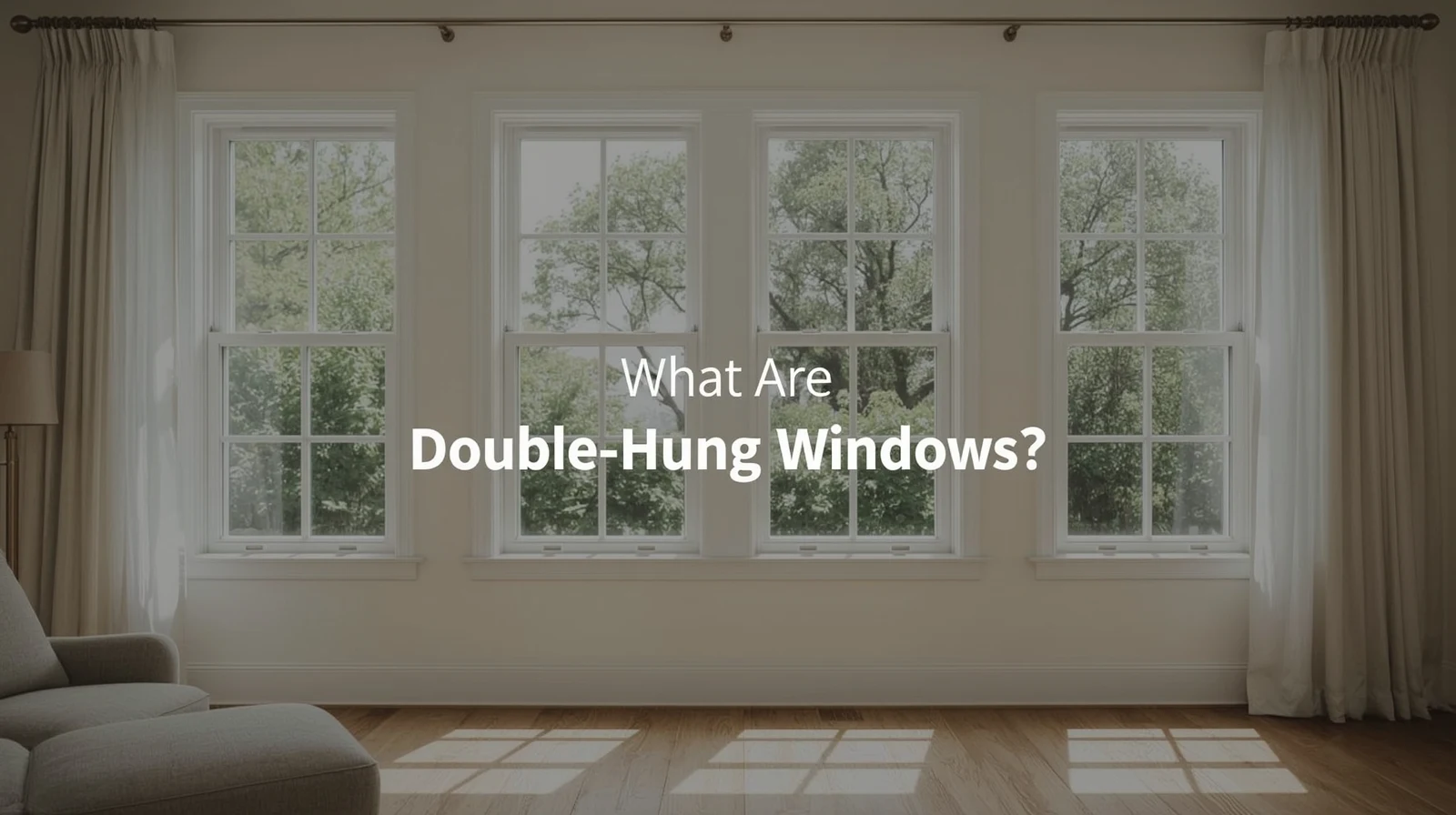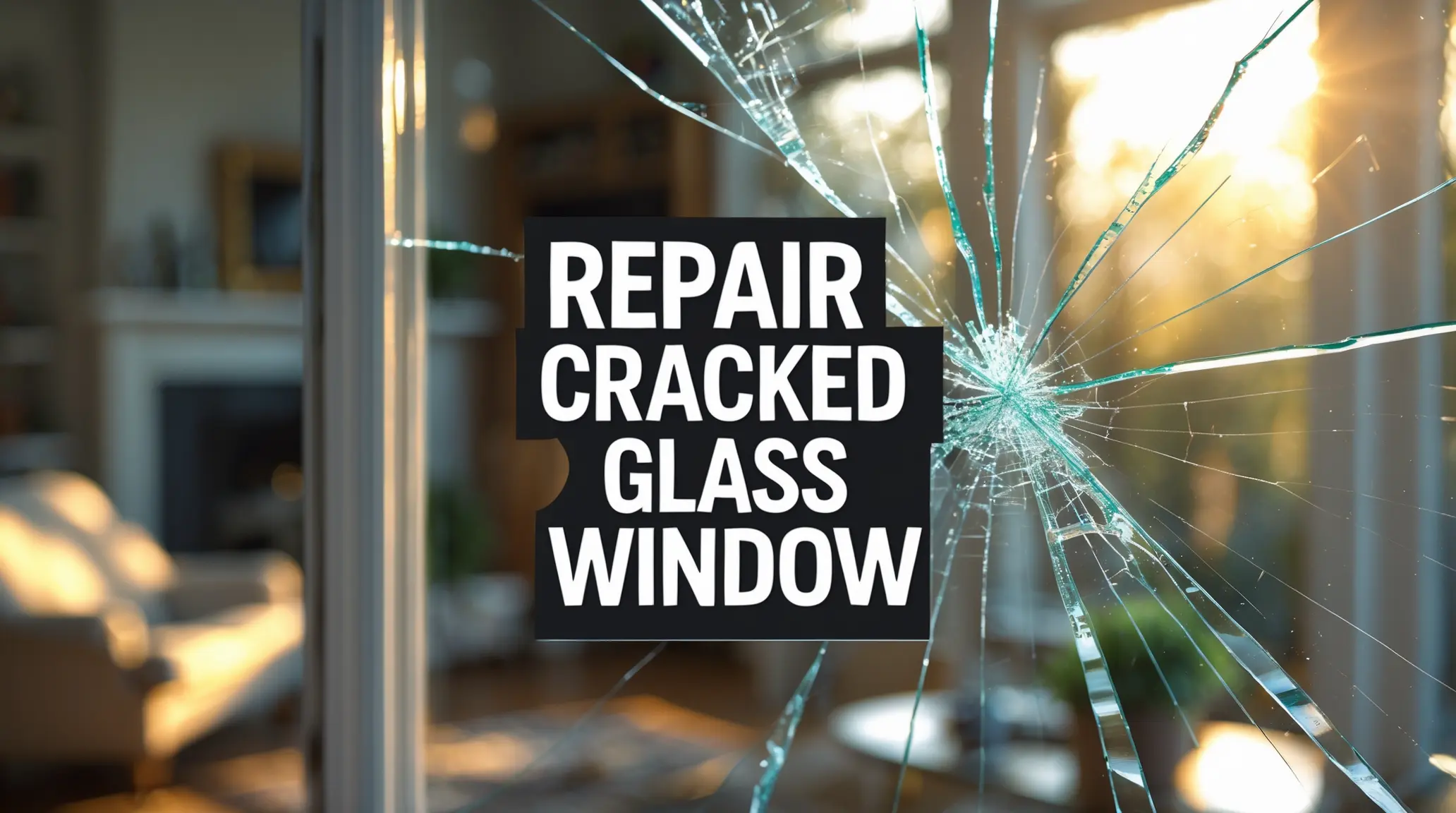Why Double Hung Sash Windows Still Matter Today
Double hung sash windows are part of many homes across America. They are especially popular in older homes, but many new homes still have them too. These windows open from both the top and the bottom, giving you great control over airflow. You can open the top sash to let hot air out, or open the bottom to let cool air in. This is one reason why many people still love these windows.
Double hung sash windows are also known for their simple, timeless look. They fit well with modern, classic, or historic house styles. Plus, they’re easy to clean compared to some other window styles. With both sashes moving, you can tilt them in to clean both sides from inside your home.
But even the best windows can get old or damaged. Over time, parts wear out. The wood may rot, cords may break, or the window may stick. That’s where double hung sash windows repair becomes important. If you fix small problems early, you can avoid big costs later.
Repairing these windows helps keep their charm while making sure they stay strong and safe. Instead of replacing them, a good repair can help the windows last many more years. That’s why knowing how to take care of them really matters.
What Is a Window Sash and How Does It Function?
If you’ve never heard the term before, you might be wondering—what is window sash? It’s the part of the window that holds the glass in place. In a double hung window, there are two sashes: an upper sash and a lower sash. Each sash fits into tracks on the side of the window frame, so it can slide up or down.
Inside older sash windows, ropes and pulleys—or sometimes chains or springs—help the sashes move smoothly. These are hidden in the sides of the window, but they’re very important. If the cords snap or the pulleys break, the sash might not move. In some cases, the window may not stay open or may slam shut.
Sashes can be made of wood, vinyl, or aluminum. Wooden sashes are common in older homes and can be repaired if they start to rot or wear down. Newer materials may last longer, but they still need care.
Knowing what a sash is helps you understand which part needs fixing when something goes wrong. Sometimes the whole window doesn’t need replacing—just the sash or its cords. That’s why understanding how the sash works is the first step toward a better window repair.
Common Issues That Call for Double Hung Sash Windows Repair
Windows that look fine on the outside can still have problems on the inside. Double hung sash windows often develop issues slowly over time. Here are some problems you might run into:
- The sash won’t stay up: This is one of the most common signs of trouble. If the cord inside is broken or the spring is worn out, the sash will fall back down after you open it.
- The window won’t open or close easily: This could be due to swollen wood, old paint, or dust in the tracks.
- There are drafts: If air is coming in even when the window is shut, your sash might not be sealing correctly. This can make your house cold in the winter and hot in the summer.
- Visible damage: Look for peeling paint, soft spots, or broken glass. These all point to problems with the sash.
- Water damage or rot: Moisture can cause wooden sashes to swell, crack, or rot. Over time, this weakens the window.
These signs are your window’s way of asking for help. If caught early, they can often be fixed without replacing the entire unit. Sometimes you just need to repair window sash or replace a damaged cord.
Regular maintenance like cleaning the tracks and checking the seals helps prevent damage. But if problems show up, it’s smart to act quickly. Waiting too long can make the problem worse—and more expensive to fix.
Signs It’s Time to Repair Your Window Sash

It’s easy to overlook small issues with your windows. But those small signs can grow into big problems if you’re not careful. So how can you tell when it’s time to fix your sash?
Here are some clear clues:
- You hear rattling in the wind: A loose sash might be shaking because it’s no longer snug in the frame.
- You see light between the sash and frame: That means it’s not sealing properly.
- The sash is hard to move: This could be caused by paint build-up, dirt, or broken internal parts.
- Water collects on the sill: If your window lets in rainwater or leaks during storms, the sash might be to blame.
- There’s mold around the frame: Damp air entering through a faulty sash can lead to mold or mildew.
If your home has several old windows, it’s smart to check all of them. Sometimes one window might be fine, while another is quietly falling apart. Catching issues early helps you plan for repairing old windows instead of paying for costly replacements.
And if you’re dealing with just the bottom part of your window, it might be a simple lower sash window replacement that brings everything back to normal.
Repairing a Double Hung Window: What You Need to Know
Doing your own double hung sash windows repair can feel like a big task—but it’s very doable with the right tools and steps. The first thing to know is that not all problems need new windows. Many repairs only involve the sash, cord, or frame.
Here’s what you need to keep in mind:
- Safety comes first: Always wear gloves and safety glasses when working with glass or old paint.
- Know your window style: Double hung windows are different from single hung or casement windows. Each has different moving parts.
- Check for lead paint: Older homes may have paint that contains lead. If you see chipping paint and your home was built before 1978, you may want to call a professional.
- Work slowly and carefully: Rushing can lead to more damage, especially if you’re prying off trim or handling glass.
- Test before you finish: After your repair, check that the sash moves freely, locks into place, and seals properly.
If you’re ever unsure, it’s best to call a local expert. Repair Champions has repaired thousands of double hung windows over the years. We know what to look for and how to fix it the right way.
Step-by-Step: How to Perform Lower Sash Window Replacement
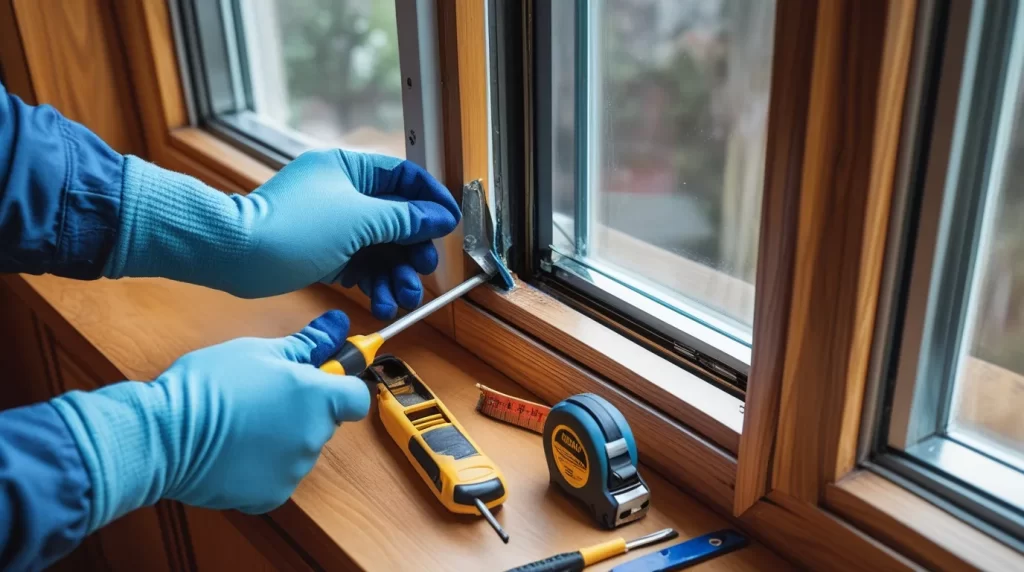
Sometimes, the lower part of the window—called the lower sash—gets damaged more often because it’s opened and closed more frequently. When this part is broken or not working, a lower sash window replacement can fix many of the window’s issues. Here’s a step-by-step guide anyone can follow with care:
Step 1: Prepare Your Tools
You’ll need a screwdriver, pry bar, utility knife, measuring tape, gloves, and your replacement sash. If the sash is made of wood, you may also need wood filler and paint.
Step 2: Remove the Window Stops
Gently pry off the small trim pieces called “stops” that hold the sash in place. Be careful not to break them—you’ll reuse them later. Use a utility knife to score the paint if needed.
Step 3: Take Out the Lower Sash
With the stops removed, you can now slide out the lower sash. If there are cords or chains attached, carefully detach them. These help the sash move up and down and may need to be replaced too.
Step 4: Install the New Sash
Place the new sash into the tracks. Make sure it fits snugly. Reattach cords or balances if needed. Some kits include pre-attached cords or use modern spring-loaded systems.
Step 5: Reinstall the Stops
Put the window stops back in place to secure the sash. Use small nails or wood glue if needed.
Step 6: Test and Finish
Open and close the window a few times. If it moves smoothly and stays in place, your job is done. You can now paint or seal the trim to match your window.
This process is great for homeowners looking to repair window sash without replacing the full window. Just be sure to measure carefully and work slowly.
Tools and Materials Needed for Double Hung Window Repair
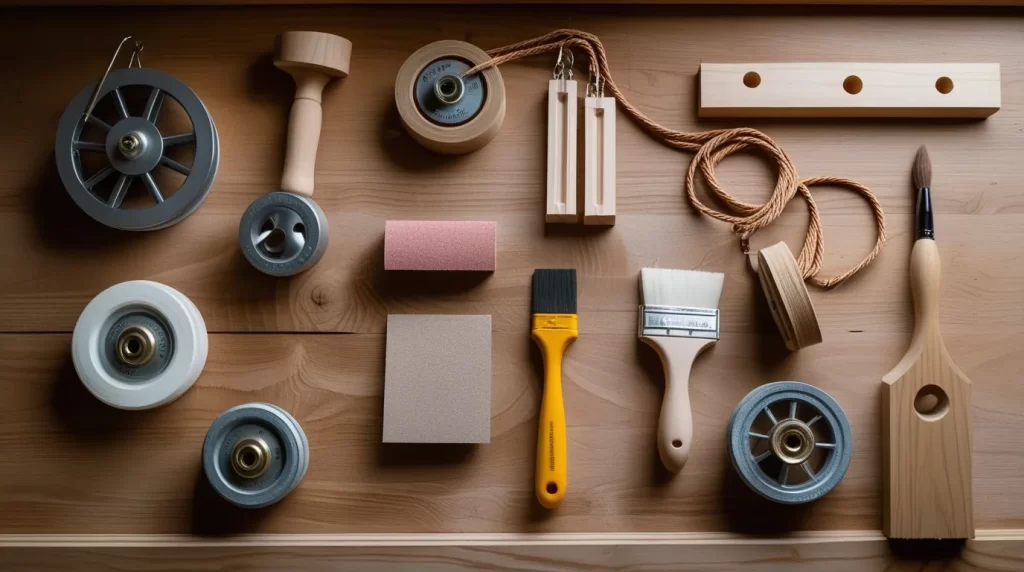
Before you start any kind of double hung sash windows repair, it’s smart to gather everything you need. This makes the job smoother and safer. Here’s a basic list of what to have on hand:
- Screwdrivers (Phillips and flathead)
- Pry bar or putty knife for removing trim
- Utility knife for cutting paint or caulk
- Replacement sash or sash kit
- Measuring tape
- Gloves and safety glasses
- Cord or balance spring kits
- Wood glue or filler for touch-up work
- Sandpaper and paint for finishing touches
- Caulk or weatherstripping if sealing is needed
Some repairs may need specialty tools depending on your window type. For example, older windows may use pulleys and sash weights hidden in the frame, while newer ones may use spiral balances or block-and-tackle systems.
Knowing your window’s construction helps you choose the right materials. Whether you’re fixing cords, seals, or doing a lower sash window replacement, being well-prepared makes all the difference.
Mistakes to Avoid When You Repair Old Windows
It’s great to be hands-on with home repairs—but even small jobs come with risks if done the wrong way. When you try to repair old windows, keep these mistakes in mind:
- Forcing the window open: If a window is stuck, don’t yank it. You might crack the sash or damage the frame. Use a putty knife to gently loosen paint and debris.
- Not labeling parts: When removing pieces like stops or ropes, label them or take photos to remember how they go back.
- Skipping measurements: A sash that’s even half an inch too big won’t fit right. Measure carefully before ordering replacements.
- Using too much filler: Wood filler is helpful for minor rot, but if your sash is soft throughout, replacement is a better idea.
- Ignoring lead paint: Homes built before 1978 may have lead-based paint. If you see cracking or chipping paint, take safety precautions or call a certified contractor.
Even experienced DIYers can run into trouble with old wood windows. That’s why many homeowners in need of reliable repairs turn to Repair Champions—our skilled team has years of experience restoring older sashes to full working order.
Can You Repair Window Sash Yourself or Call a Pro?
You might be wondering if repairing a double hung window is something you can handle alone. The answer depends on the condition of your window and your comfort level with tools.
DIY repairs are usually fine if:
- The issue is small (like replacing a cord or cleaning the track).
- You’re comfortable working with wood, glass, or paint.
- You’ve watched tutorials or have past experience.
You should call a pro if:
- The sash is rotten or warped.
- You’re replacing glass or dealing with a cracked pane.
- Your window has weight-and-pulley systems you’ve never worked with.
- You’re worried about damaging the frame or trim.
Professional repair services, like those from Repair Champions, offer expert assessment, long-lasting materials, and skilled craftsmanship. We handle everything from minor sash touch-ups to full double hung sash windows repair with care and precision.
Trusted Double Hung Sash Windows Repair by Repair Champions in Irvine, CA
When it comes to trusted, skilled sash window restoration, Repair Champions stands out. We’ve worked with homeowners across Irvine, CA, helping them bring old windows back to life. Whether your sashes won’t stay up, the wood is damaged, or your window won’t close properly, our team can fix it.
We believe in repairing first, replacing only when necessary. Our experts examine each window to find the right solution—whether it’s fixing a balance system, replacing a broken sash, or doing a full lower sash window replacement.
Why choose us?
- We treat every home like it’s our own.
- We use high-quality materials that match your existing style.
- We work with both historic and modern double hung windows.
- We provide honest pricing, friendly service, and results that last.
Don’t let stuck or broken windows cause stress. Let our pros take care of it quickly and correctly, so you can enjoy peace of mind—and better airflow.
Bringing Old Windows Back to Life—One Repair at a Time
Old windows have charm. They tell stories of your home’s past. But when they stop working, it doesn’t mean you have to throw them away. With careful care, smart tools, and the right help, you can restore them.
Double hung sash windows repair isn’t just about fixing glass or wood—it’s about keeping your home beautiful, energy-efficient, and safe. Whether you do it yourself or hire an expert, repairing these windows brings back function without losing style.
Instead of spending thousands on full replacements, consider giving your sashes a second chance. From simple fixes like cord replacement to full lower sash window replacement, small steps go a long way.
Call Repair Champions today and let our friendly team restore your window sash with skill and care. We’re here to make window repair stress-free, affordable, and done right the first time.

